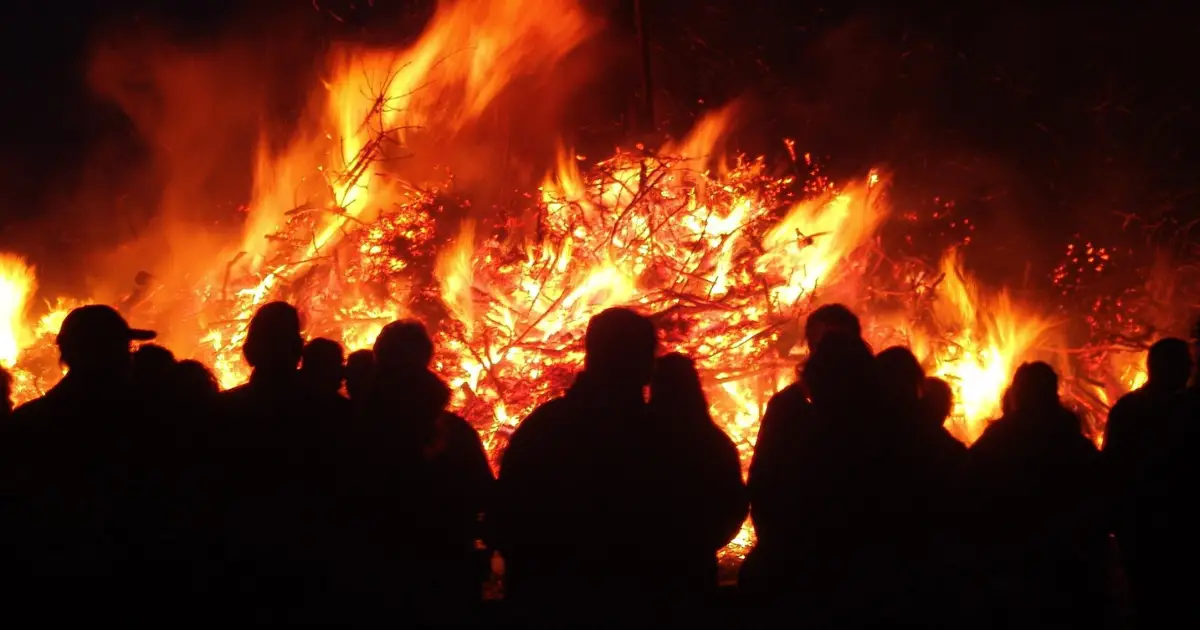Arson is the intentional act of setting fire to a building, structure, or natural area. While arson can be motivated by various reasons, such as revenge or insurance fraud, it can have devastating consequences on the environment.
The most immediate impact of arson is the destruction of the burnt structure or area. This destruction can have long-term effects on the surrounding ecosystem and wildlife. For example, if a forest is set on fire, the trees and vegetation will be destroyed, disrupting the habitat of the animals that live there. The loss of vegetation can also lead to soil erosion, which can lead to further environmental degradation.
In addition to the destruction of the burnt area, arson fires can also release harmful chemicals and pollutants into the air. Smoke from the fire can contain toxic gases, such as carbon monoxide and nitrogen oxides, which can be harmful to both human health and the environment. The fire can also release particulate matter into the air, which can cause respiratory problems and other health issues.
Furthermore, the firefighting efforts to extinguish the fire can also have negative environmental impacts. The water used to put out the fire can contaminate local water sources, and the firefighting chemicals can also have harmful effects on the environment.
In summary, arson can have severe and lasting impacts on the environment, including destruction of habitats, air pollution, and water contamination. It is important for individuals to be aware of the potential consequences of their actions and to prevent arson in order to protect the environment.
